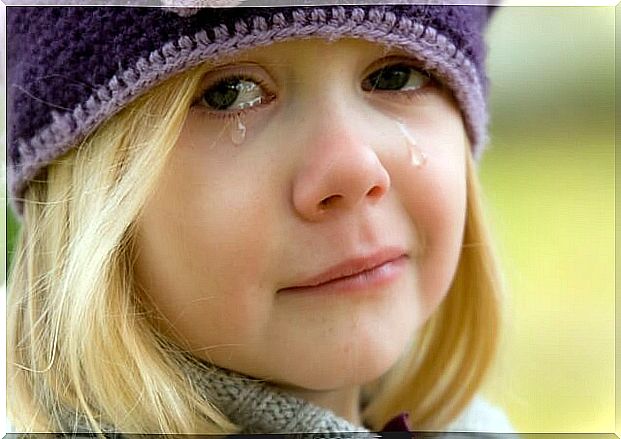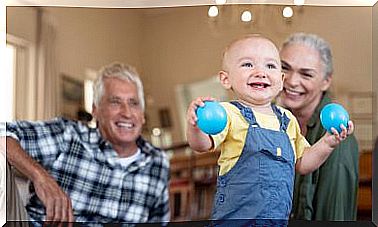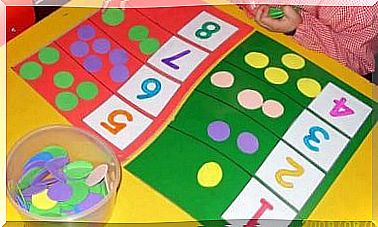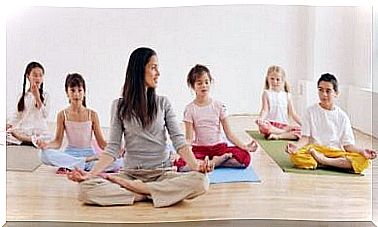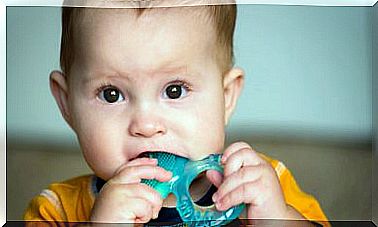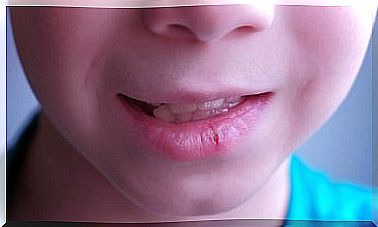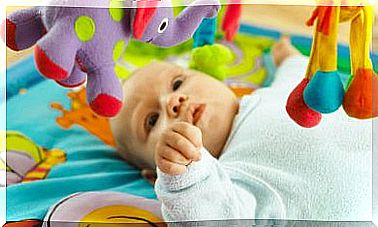The Evolution Of Self-esteem In Children

When you are young, it is very important to value your own qualities and love yourself to grow in a healthy and happy way. But this implies a long and progressive learning process. In this article we explain the evolution of self-esteem in children.
The first social experiences are key to the development of self-esteem. Therefore, families have the responsibilities of providing love, affection and attention to children, so that they feel that they are worthy of being wanted and loved, which is closely related to the perception of confidence and security in oneself.
The evolution of self-esteem in children
There are five important areas that define self-esteem. These change depending on age and the different stages of maturational development:
- Family area. The assessment and attention of parents is important from the moment of birth, as this will determine the perception that children have of their qualities in different areas of life. Thus, a democratic parenting style favors the development of good self-esteem.
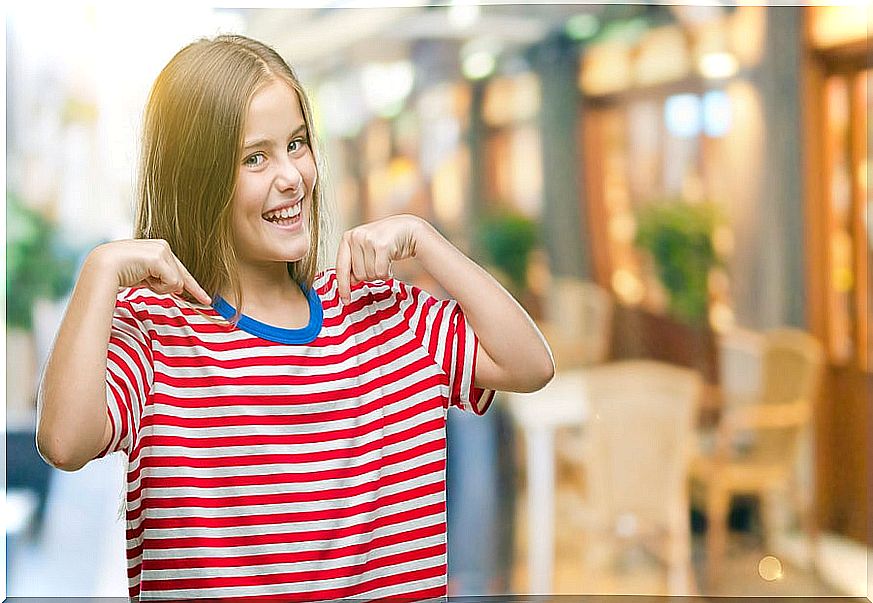
- Academic area. In preschool, children begin to think about their characteristics as students. At first, they value their academic skills in an excessively positive way, idealizing their own qualities. But, from the age of eight, this perception becomes more realistic and they use the comparison with others to evaluate themselves.
- Physical area. During early childhood, children are already aware of their own physical aspects and abilities. And, from a very young age, they assume a certain body self-image. This is especially important in puberty and adolescence, since self-esteem at that time depends, to a large extent, on feeling attractive to others.
- Social area. It refers to the feelings of children or young people about the bonds they establish with their friends. In this regard, it is essential that, from a young age, they interact, talk and play with their peers. In addition, during adolescence, friendships become a basic pillar for personal growth and the development of self-concept.
- Global self-esteem. It is the general assessment that is made of oneself based on the areas and areas previously discussed. Thus, the evolution of global self-esteem up to eight years of age is usually high, then it decreases until it stabilizes and, later, it decreases in puberty and adolescence.
What does it mean to develop high or low self-esteem?
Children with high self-esteem are characterized by:
- Attributing greater personal responsibility to successful results than to failures.
- Blame external factors for failures.
- Show motivation in the face of learning and new challenges.
- Have high social skills.
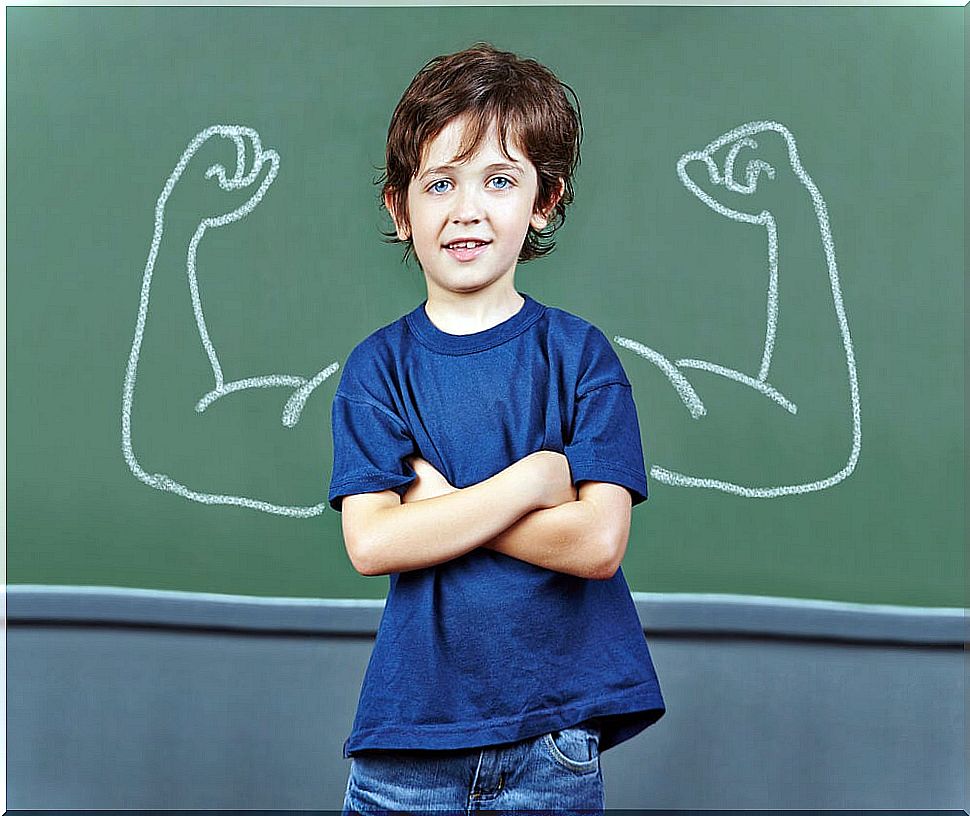
- Present confidence and security in their own abilities to influence situations.
- Show a cooperative attitude.
- Have a self-critical behavior.
- Learn from mistakes.
On the other hand, children with low self-esteem have the following characteristics:
- Attribute successes to arbitrary and external circumstances.
- Attribute lack of capacity to failures.
- Avoid trying to do intellectual, sports or social activities for fear of doing it wrong.
- Have a tendency to cheat and lie.
- Show regressive behaviors.
- Present little confidence and security in oneself, believing not to have the ability to control situations.
- Manifest unsocial behaviors.
- Show an aggressive, violent or overly shy personality.
- Show a tendency to frustration.
Thus, mothers and fathers must pay attention to these characteristics, trying to promote positive self-esteem in children.
But, if this is not achieved, despite the effort, it is advisable to consult a pediatrician or mental health professionals to follow an intervention based on the improvement and enhancement of self-esteem.
